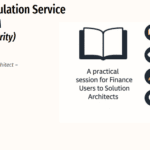
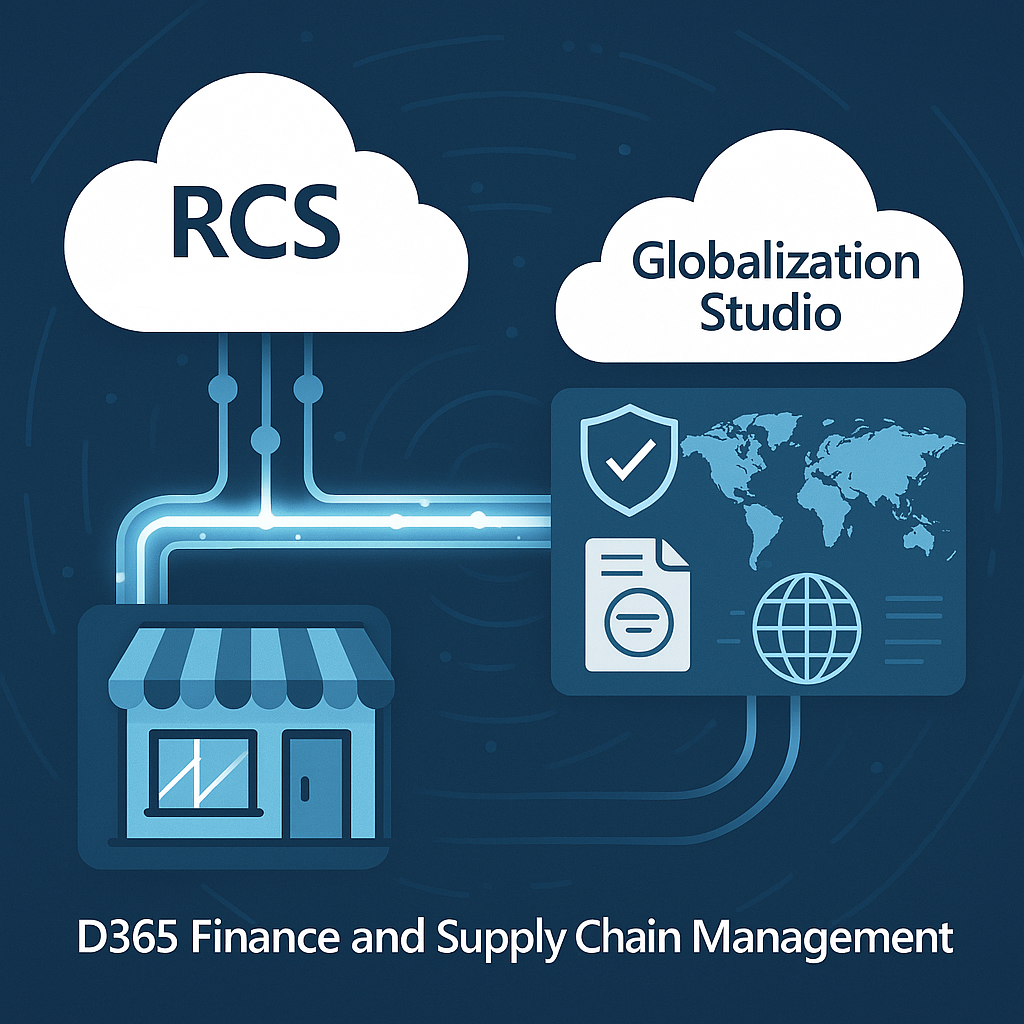
GS502 – From RCS to Globalization Studio: What Changed and Why It Matters

In the past, if you wanted to manage country-specific formats or compliance configurations in Dynamics 365 Finance & Supply Chain, you used a tool called Regulatory Configuration Service (RCS). While RCS served its purpose for many years, it was never fully integrated with Dynamics 365 itself.
Now, Microsoft has introduced Globalization Studio, a new, unified workspace built directly into the ERP system. In this article, we’ll explain why RCS is being phased out, what’s improved in Globalization Studio, and how this shift impacts your localization and compliance strategies.
This is the second article in the GS501–GS525 series. If you’re new to Globalization Studio, start with GS501 – Why Globalization Studio Matters.
Table of Contents
Toggle🏛 What Was RCS?
Regulatory Configuration Service (RCS) was Microsoft’s cloud tool that allowed users to:
- Design electronic reports (ER)
- Manage tax, invoicing, and audit features
- Connect configurations to Finance & Supply Chain through external links
But it had limitations:
- It ran outside D365
- It required manual integration
- It lacked proper lifecycle and ALM support
RCS worked, but it wasn’t scalable for businesses operating in many countries.
🧠 Why Microsoft Retired RCS
The move to Globalization Studio was driven by real customer pain points.
| RCS Limitation | Globalization Studio Improvement |
| Separate tool and login | Runs natively inside Dynamics 365 |
| Manual setup and connection issues | No more connectors or URIs needed |
| Difficult to manage updates | Version control and lifecycle built in |
| No ALM integration | Uses Dataverse + Power Platform ALM |
| Region-limited deployment | Fully aligned with D365 cloud regions |
| Poor user role integration | Respects D365 security roles and permissions |
👉 We explore workspace basics in GS503 – Getting Started with the Globalization Studio Workspace
🚀 What Is Globalization Studio?
Globalization Studio is a unified workspace inside Dynamics 365 Finance & Supply Chain that combines:
- Electronic Reporting (ER)
- Business Document Management (BDM)
- Tax Calculation
- Electronic Invoicing
- Feature lifecycle and deployment tools
- Dataverse repository integration
This means you now configure, manage, test, and deploy all compliance-related features in one place, without switching tools or environments.
🔍 What Stays the Same?
For customers and consultants already familiar with RCS and ER, the core logic is unchanged.
| Tool / Feature | Still Available in Globalization Studio |
| Electronic Reporting Designer | ✅ Yes, same logic and user interface |
| Business Document Designer (BDM) | ✅ Fully supported |
| Format mappings and validations | ✅ Same data model setup |
| Multi-format support (PDF, XML) | ✅ Continued support |
| Configuration Providers | ✅ Microsoft + Custom still supported |
🔧 What’s New and Better?
Here’s what Globalization Studio adds to the table:
| Feature | Why It Matters |
| In-app workspace | No external login or tool needed |
| Feature lifecycle status | Draft → Complete → Deployed flow |
| Dataverse repository | Use Microsoft’s or create your own |
| Business Document Management (BDM) | End users can edit Word invoice templates |
| ALM via Power Platform | Supports Dev → UAT → Prod pipelines |
| Electronic Invoicing Pipelines | Drag-and-drop processing logic (e.g. sign, submit) |
| Audit logs and traceability | Built-in tracking and submission history |
This is especially useful in multi-country environments or where compliance changes often (e.g., e-invoicing in Italy or SAF-T in Poland).
👉 We dive into tax and invoicing setups in GS507 – Electronic Invoicing Overview and GS520 – Tax Calculation Service Basics
🧾 Real-World Example: UK and RCS Retirement
Imagine a company operating in the UK, using RCS to generate quarterly VAT returns in XML.
Before:
- RCS connected to D365 via a URL
- Users logged in separately
- Configurations had to be published manually
- Document templates required technical users to update
Now:
- Globalization Studio runs inside D365
- Business Document Management lets users update Word layouts
- ER is embedded, and VAT XML formats are version-controlled
- Submission logs and statuses are tracked automatically
🛑 Key Dates and Warnings
| Milestone | Detail |
| D365 Version 10.0.39+ | Globalization Studio becomes available |
| August 1, 2024 | Microsoft plans to stop provisioning new RCS environments |
| Post-August 2024 | RCS will be phased out (exceptions possible, but discouraged) |
| Existing RCS Users | Must migrate features to Dataverse and re-deploy via Globalization Studio |
👉 Learn how to extend Microsoft-delivered features in GS510 – Reusing and Adapting ER Features
📋 What You Should Do Now
| Task | Action |
| ✅ New projects | Use Globalization Studio from day one |
| 🔁 Existing RCS users | Begin planning feature migration |
| 🔒 Enable feature in D365 | Use Feature Management to turn on Globalization Studio |
| 📂 Connect to Dataverse repository | Start organizing your configurations for reuse and ALM |
📘 Coming Up Next
In GS503 – Getting Started with the Globalization Studio Workspace, we’ll guide you through:
- Enabling the workspace
- Connecting to repositories
- Importing your first feature
- Understanding workspace tiles
📖 [Continue reading: GS503 – Getting Started with the Globalization Studio Workspace →]
I am Yogeshkumar Patel, a Microsoft Certified Solution Architect and ERP Systems Manager with expertise in Dynamics 365 Finance & Supply Chain, Power Platform, AI, and Azure solutions. With over six years of experience, I have successfully led enterprise-level ERP implementations, AI-driven automation projects, and cloud migrations to optimise business operations. Holding a Master’s degree from the University of Bedfordshire, I specialise in integrating AI with business processes, streamlining supply chains, and enhancing decision-making with Power BI and automation workflows. Passionate about knowledge sharing and innovation, I created AI-Powered365 to provide practical insights and solutions for businesses and professionals navigating digital transformation. 📩 Let’s Connect: LinkedIn | Email 🚀
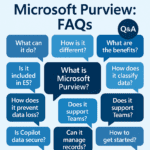
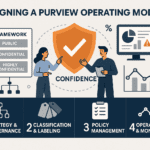
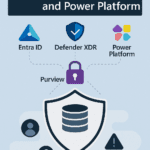

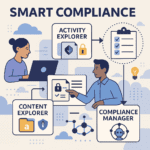
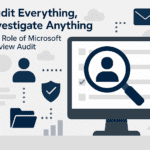

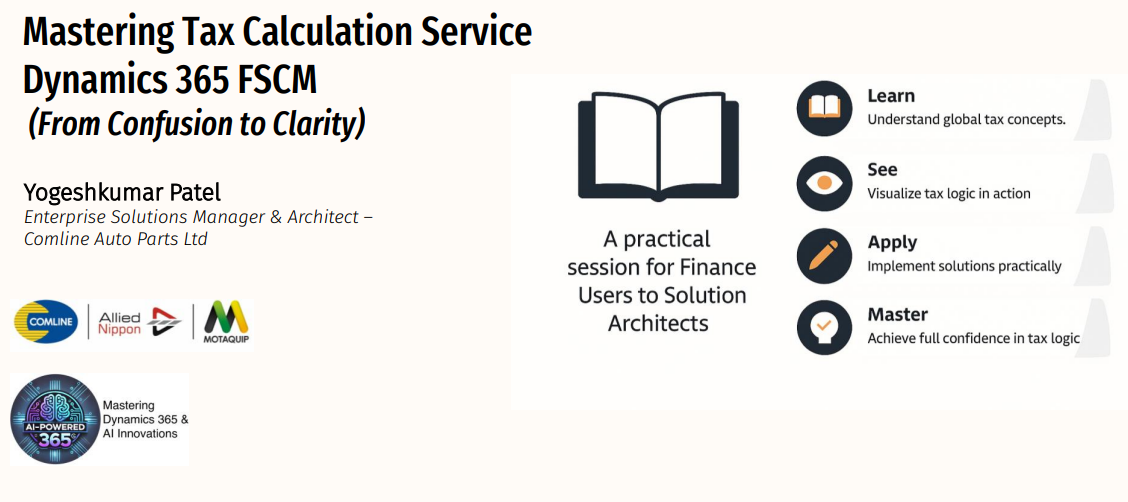
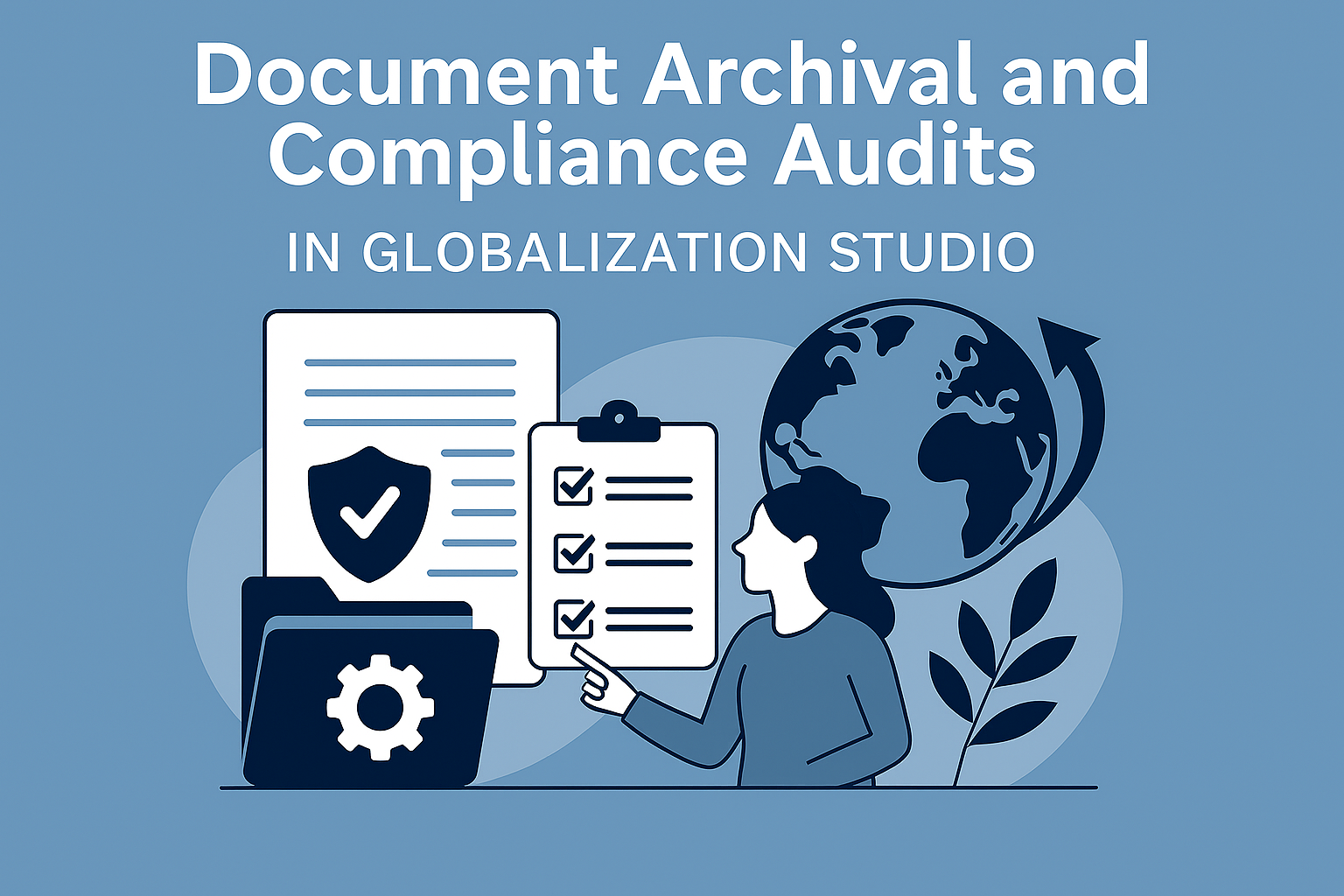
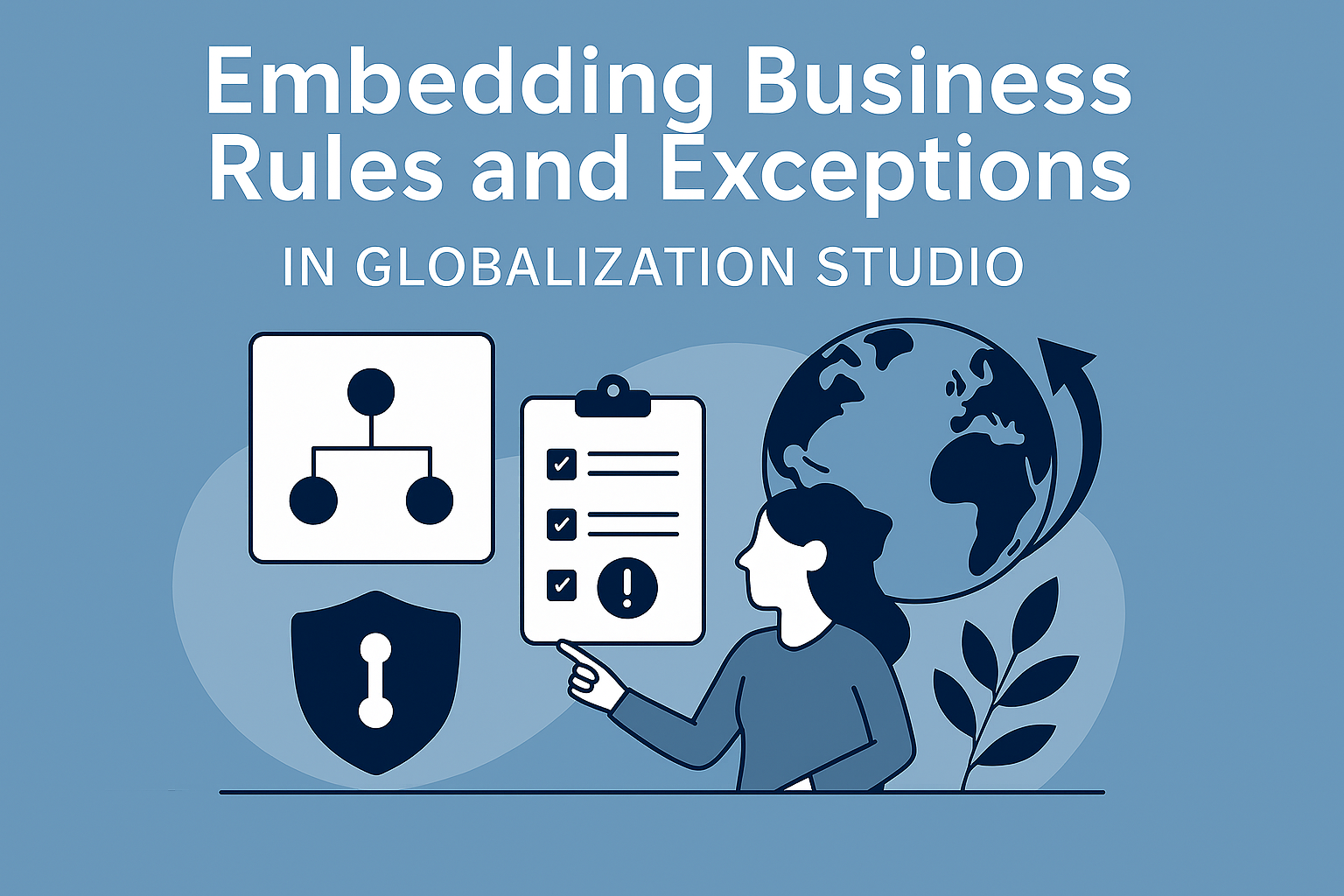



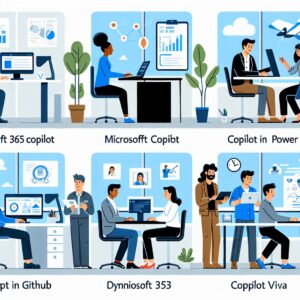





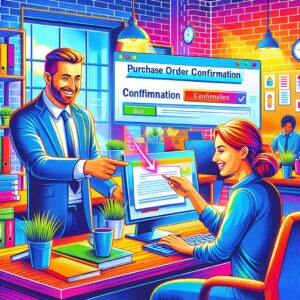
Post Comment